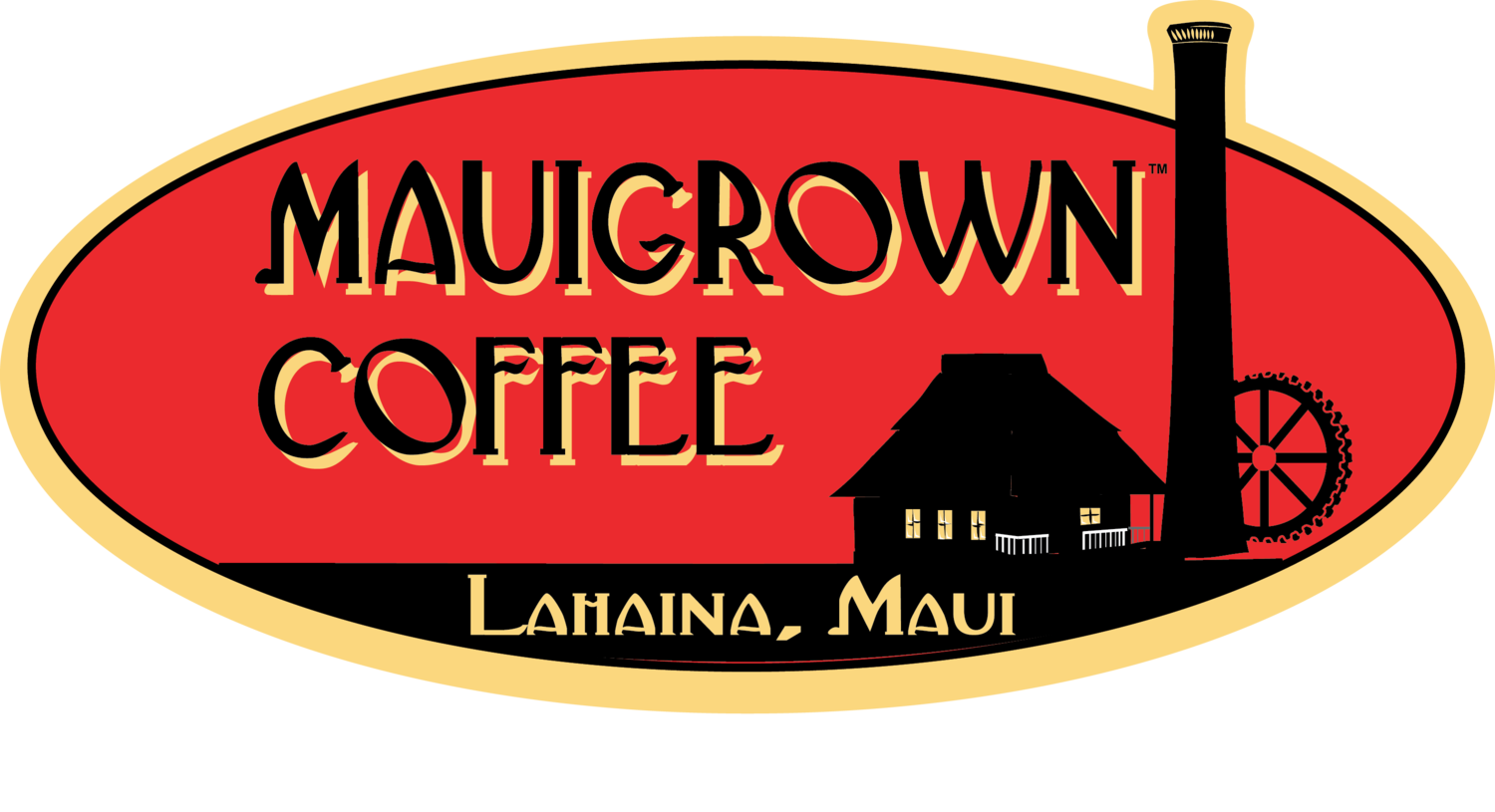Coffee in Hawaii
Coffee first came to Hawaii on visiting ships. Don Paulo Marin, who was a ship provisioner among other things, obtained some beans and planted them in 1817.
In 1820, Vasili Golovnin, captain of the Russian ship of war Kamchatka, commented on Marin’s unsuccessful effort to introduce coffee plants. Yet Marin must have had some success in a site he is known to have cultivated near the headwaters of Pauoa stream in Honolulu. The area is now in Honolulu’s water reserve, and access is restricted, but in 1970 Ross H. Gast, who wrote a biography of Marin, was taken to the spot by a member of the State Forestry staff. There, among many other trees and plants, he found coffee trees which must have been descendants of those planted by Marin. Nonetheless, the coffee plants which formed the beginning of Hawaii’s coffee industry are traced to another source.
"In 1825, King Kamehameha II, his wife Kamamalu, and a retinue that included Boki, Governor of Oahu, visited England. A few weeks after the arrival of the party both the King and Queen died of measles. The British government arranged to have the bodies returned to Hawai‘i on a British warship, the Blonde, commanded by Captain George Anson, Lord Bryon.
While in England Governor Boki made arrangements with an agriculturalist named John Wilkinson, a former West Indian planter, to cultivate sugar and coffee on Boki's land in Manoa Valley. Wilkinson returned with Boki on the Blonde, which paused at Rio de Janeiro to pick up some young coffee plants for the project.
Wilkinson planted about seven acres of sugar, and a small field of coffee. Apparently he did an effective job under difficult conditions, but unfortunately he died in March 1827 just as his first coffee plantings were showing vigorous growth.
After his death, the coffee fields were left to grow with little care or attention. This Manoa field, however, was the seed bed of the island coffee industry.” (Kona Coffee from Cherry to Cup, Woodrum)
Hanalei Valley on Kauai was the first site in the islands where there was a real effort to produce commercial coffee. The first export was some 245 pounds in 1845.
In the mid-1800, Kauai was the first Hawaiian island where there was a real effort to produce commercial coffee.
In 1828 Rev. Samuel Ruggles took some cuttings to Napoʻopoʻo, South Kona. They grew well in the climate and planting spread. In 1892 Herman Widemann introduced a Guatemalan bean, which farmers and brokers found to be superior. This Guatemalan bean is what became known as Kona typica.
Coffee farming was a difficult business, but was most successful in Kona. During the 1890s and early 1900s the Kona farmers could only sell their beans to two major milling companies: Captain Cook Coffee Co. and H. Hackfeld & Co., Ltd., which was the predecessor of American Factors (Amfac).
Fluctuations in the market spurred farmers to diversify their harvests. By the 1930s, farms began to diversify by growing macadamia nut trees.
In 1955, the first coffee farm cooperative, Kona Coffee Cooperative (KCC), was formed. Pacific Coffee Cooperative (PCC) followed as did others. The cooperative system allowed local farmers more representation in the marketplace than before.
In 1978, Eva Knutson introduced the concept of marketing coffee like wine. Specialty coffee became generally defined by farm, region and harvest.
Today, Kona coffee is world renowned for its flavor, which has been largely attributed to the growing conditions of the location. Tourists enjoy experiencing the coffee culture that exists in Kona. A study done by The University of Hawai‘i in 2004 found that 71% Chinese / South Korean tourists and 53% of U.S. tourists plan to buy Hawaiian coffee during their visit.
Maui has more than 50 coffee farms and 500 acres in production with more being added every year. There are large-scale commercial farms and many smaller coffee estates spanning from Kaanapali to the slopes of Haleakala and Hana. Several producing coffee organically. The largest of which is MauiGrown Coffee, estate grown at the Ka`anapali Coffee Farms in West Maui.
Maui coffees are unique and can taste quite different than Kona coffees due to each regions climate and soil conditions, use of different coffee varieties and processing techniques.










